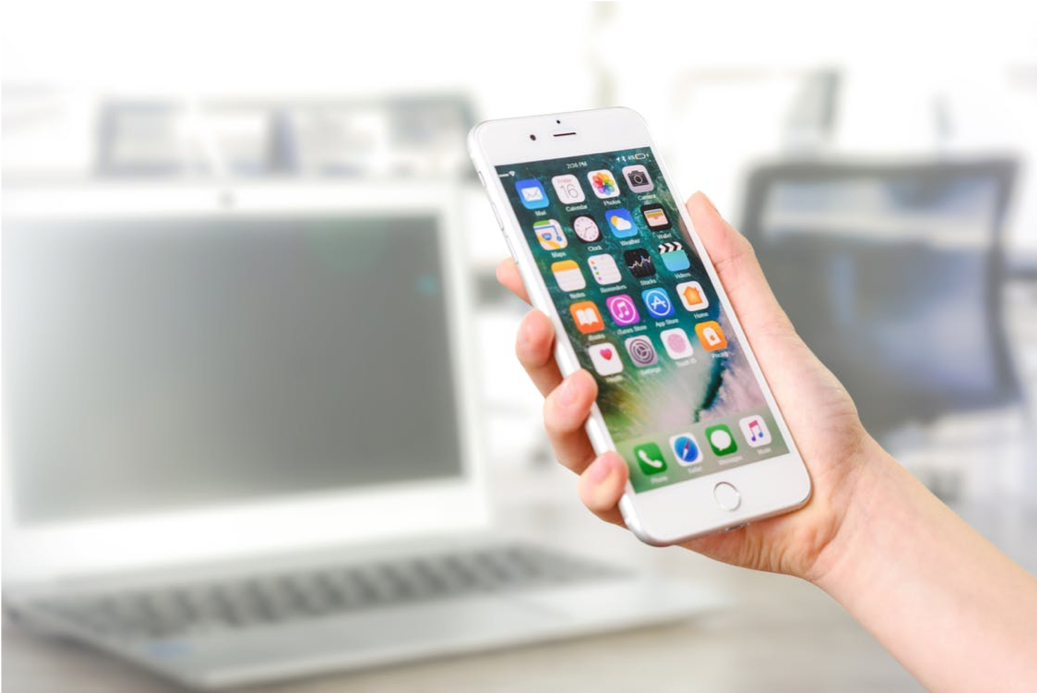While tech experts claim that iOS devices are more secure than Android ones, the iPhone itself is not bulletproof. It might be less prone to security attacks than an Android smartphone but it doesn’t mean it is completely secured against all the cybersecurity threats out there. Here are five clever iPhone security tips that will help you keep your smartphone and data secure at all times!
#1 Turn on USB Restricted Mode
The USB restricted mode is a newer feature available on the latest iOS devices. It prevents USB accessories from stealing data or installing malware onto your mobile device. This is called “juice jacking” when a malware is installed on a device through the charging USB plug. To prevent this, go to settings and select touch ID and passcode. Then make sure that the option “USB Accessories are not permitted on the lock screen” is enabled.
#2 Enable Automatic iOS Updates
Updating your iOS device will make a big difference in its security network because each update carries important security fixes and features. However, manually updating the software might become tiring and distracting. In that case, simply go to general settings and enable automatic iOS updates. That way, the device will update itself at specific times of the day and prevent any vulnerabilities from causing a threat in the system.
#3 Use VPN on Public WiFi
A VPN or a Virtual Private Network is a tool that encrypts all data and traffic going to and from your device. It is important to use a VPN when connecting the phone to public WiFi in order to hide your data from potential spies and hackers. It is well known that hackers use public WiFi networks as fishing pools so you have to make sure your device doesn’t even touch the water. To do so, install a reliable VPN service and activate it whenever browsing the web.
#4 Set Up Two Factor Authentication
Two Factor Authentication or 2FA for short is a built-in feature on iOS devices. 2FA creates an additional layer of security on your device by requesting you to prove your identity twice before unlocking it. This way, hackers won’t be able to breach your system so easily. To set up 2FA, simply go to settings and select passwords and security. You will find a two factor authentication feature. Click on it and follow the instructions to complete the process.
#5 Enable the Find My iPhone Feature
Another built-in iOS feature is the Find My iPhone feature, which can come in handy if you lose your device or if it gets stolen. Besides notifying you of the location of your device, this feature has an Activity Lock mode that prevents anyone else from accessing and using the device. To activate Find My iPhone, go to settings and usernames.
Conclusion
Now that you know that iOS devices are not completely bulletproof when it comes to cybersecurity threats, make sure to implement these five hacks to improve your data security. For more safety measures, look into the NIST cybersecurity framework and learn more about online security.



 714-333-9620
714-333-9620